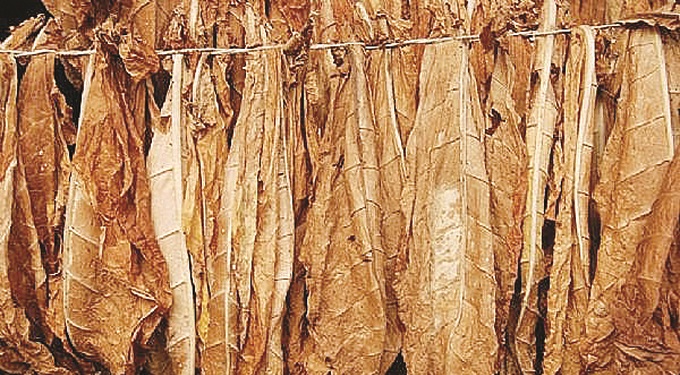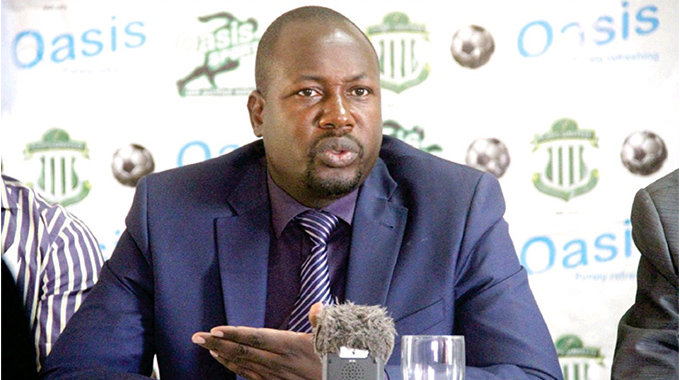2023/2024 summer cropping season on course

Peter Matika, [email protected]
OVER 1,9 million farmers across the country have been trained under the Climate-Proofed Presidential Inputs Pfumvudza/Intwasa Supply Scheme while 6 million plots have already been prepared as the country prepares for the 2024 summer cropping season.
In his post Cabinet briefing yesterday Minister of Information, Publicity and Broadcasting Services Dr Jenfan Muswere said farmers are responding positively to climate-proofing interventions for El Nino.
Weather experts have predicted that most parts of the country will receive normal to below-normal rainfall due to the El Nino effects with southern parts of the country expected to receive the lowest rains.
According to the 2023/2024 rainfall season forecast report, the bulk of Matabeleland North, parts of Midlands covering Gokwe North and South districts and parts of Matabeleland South province covering Bulilima district are expected to receive below-normal-to-normal rainfall while normal rainfall with a bias towards below normal rainfall is highly likely for the remaining provinces for the sub-season from October to December 2023.
Dr Muswere said there is adequate fertiliser for the Presidential Programme and other schemes.

Minister Dr Jenfan Muswere
“Other farmers can now import fertiliser for their own use following approval by the Government. Meanwhile, dryland tobacco planting has slowed down because of the late rains. A total of 40 contractors have registered for tobacco production, with the total contracted area now at 148 000 hectares,” he said.
To date, a total of 31 681 hectares of tobacco have been planted representing a 4,6 percent increase compared to the same period last year.
In terms of cotton farming, Dr Muswere said a total of 11 contractors have indicated their intention to contract farmers this season while nine contractors have already contracted growers.
“The Agricultural Marketing Authority has completed the induction of Common Input Distribution Point clerks across the country. The targeted cotton production is 271 286 hectares by 400 786 farmers with an estimated volume of 130 140 000 MT,” he said.
Dr Muswere said the Presidential Climate-Proofed Pfumvudza/Intwasa Cotton Programme and inputs distribution will utilise established GMB channels and committees at ward level with the usual ward committees.
He said a monitoring system through Agritex has been introduced to monitor Pfumvudza/Intwasa from planting through to marketing.

Dr Muswere also presented a report from the Fertiliser Localisation Inter-Ministerial team on the localisation of fertiliser production in Zimbabwe.
He said the 2023/24 summer crop preparedness indicates a total demand of 1 422 500 tonnes of fertilizer, targeting 3 million households for strategic crops.
“It is reported that there will be a deficit of 990 317 tonnes of fertilizer for the current season. The country is reported to have 77 483 tonnes of stock and 354 700 tonnes in the Collateral Management Agreement, which requires US$460 million to unlock the stocks,” said Dr Muswere.
He said the local fertilizer industry has an installed annual production capacity of more than 2 million tonnes of compound and blends, while the industry is operating at 30 percent and the supply gap is being covered by imports.
“In order to alleviate the shortage of fertilizer, the country will import through a variety of potential schemes; the Dorowa Shawa Hills Project and Wonderful Group of Zambia Joint Venture with Rusunguko/Nkululeko Holdings. The joint venture is expected to bring in 50 000 metric tonnes of Basal fertiliser and 50 000 metric tonnes of Ammonia Nitrate,” said Dr Muswere.
He said innovative measures for the local production of unique varieties of fertilizer had been adopted through a Coal-to-Fertiliser project which is being pursued by Verify Engineering.
“Sable Chemicals (Pvt) Ltd is exploring the option of local Ammonia gas production. The company is also exploring the production of Ammonia gas using natural gas sourced from Muzarabani,” said Dr Muswere.
“The processes will utilize the locally available coal to develop Ammonia-based fertilisers thereby fulfilling fertiliser requirements.”
Dr Muswere said Sable Chemicals also signed a Memorandum of Understanding (MoU) with Invictus Energy which will enable the company to produce 240 000 tonnes of AN fertilizer and 360 000 tonnes of Urea.
“Sable is also pursuing the option of local Ammonia gas production which includes the production of green Ammonia using solar as the primary source of power,” he said.
Dr Muswere said other innovative measures that will be undertaken to mitigate both the increased volumes and funding requirements for fertilizers will be to use super grades of fertilizers such as Super D instead of Compound D or Urea in place of Ammonium Nitrate while a comprehensive plan of production is underway.












Comments